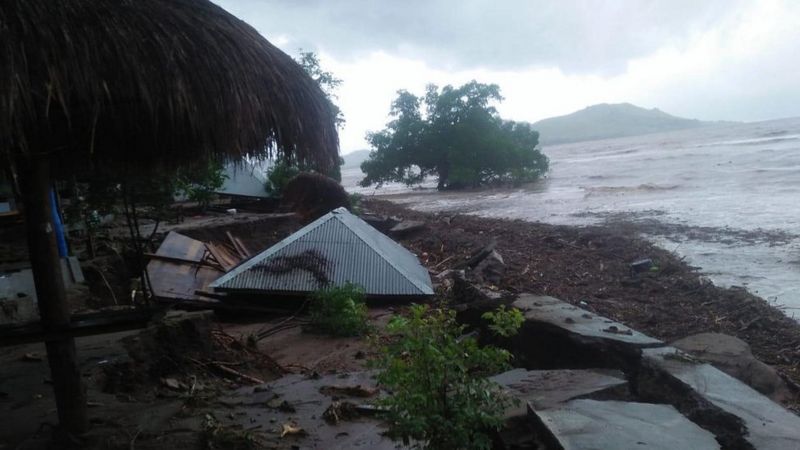
The flash flood recently happened in the small islands around Nusa Tenggara Timur, such as Lembata, Alor, and Flores Timur. Deforestation and land conversion have made some areas lack landscapes and watersheds. This condition resulted in the phenomenon of flash food in those areas continuing to happen. The government should put their concern on this problem. “There should be specific management on its watershed, especially in population. So, Indonesia should be concerned with watershed management in some small islands. This means a warning. The flash flood does come to not only the big watersheds but also the small ones in small areas. Moreover, the weather anomaly can also increase the disaster even more,” said Suratman on Friday (9/4).
Suratman also analyzed that there were a lot of causes of a flash flood. One of the weather conditions in some areas in Indonesia is currently in a high disaster potential. Besides the Seroja tropical cyclone, its forest and riverside with low capacity can trigger a flash flood. “Besides extreme weather, there were only slight distances between these small islands. It is approximately only 4 km from upstream to the sea. There is also degradation of its volcanic material and the number of the forest width.
He also added that a flash flood was a sudden disaster that was highly necessary to be aware of. Even though there has already been an early detection, the flash flood comes so fast there is not enough time to evacuate. Moreover, it has a very short river cross. He urged people to read the weather condition carefully within three days to prevent a flash flood. “People must be aware if within three days rain keeps falling,” he said.
As an effort to increase community awareness regarding flash flood anticipation, he initiated counseling or education programs, namely Srikandi Sungai and Sekolah Sungai. He focused these programs on some areas with a quite long watershed in big islands. However, the phenomenon of flash floods in small areas in NTT has made Suratman initiate a collaboration with local universities in conducting these programs. “We are going to form volunteer teams through these programs as efforts to prevent, educate, increase awareness regarding floods, build conservation efforts and creative economy activities in riverside,” he explained.
Regrettably, Srikandi Sungai dan Sekolah Sungai programs are currently implemented in some particular areas in Indonesia. He expected the central and regional government to support these programs to make its river volunteers spread throughout Indonesia.
Author: Gusti Grehenson
Photo: BNPB or National Agency for Disaster Management

